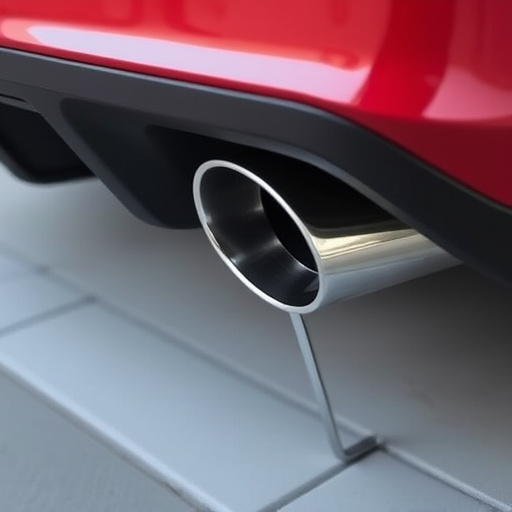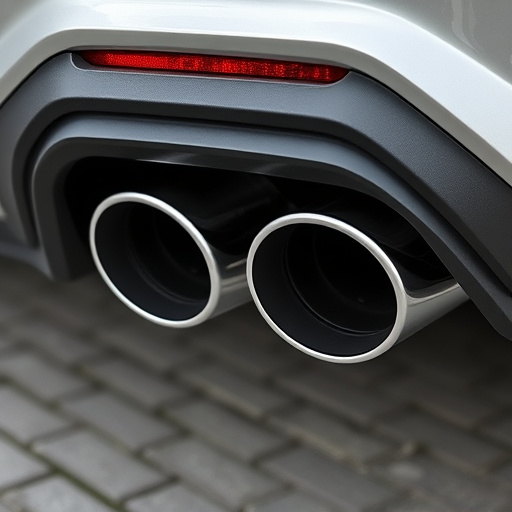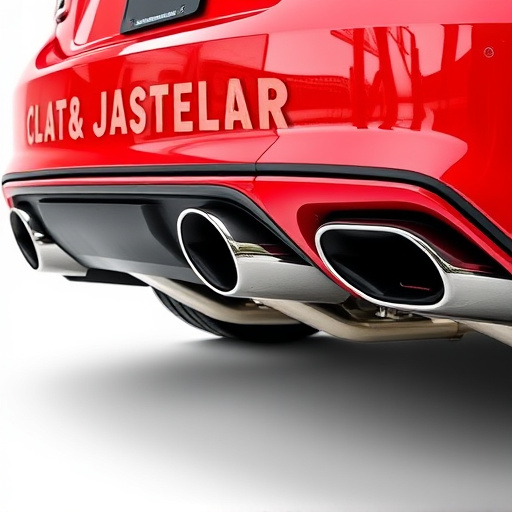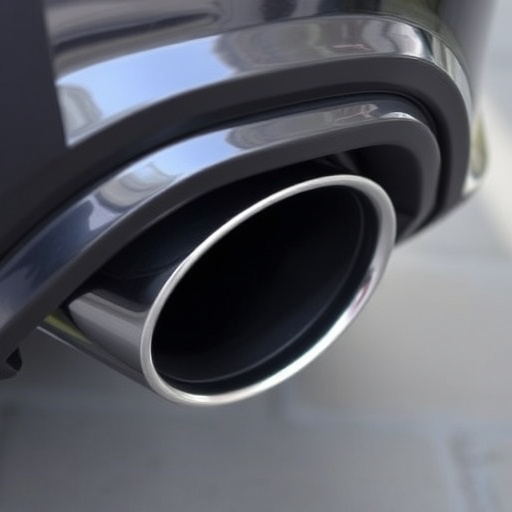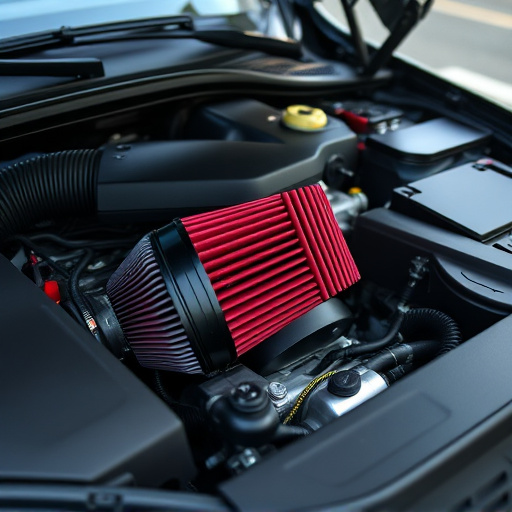Washable air filters are a sustainable and cost-effective solution for vehicle maintenance, offering superior filtration, improved fuel efficiency, and enhanced engine performance. With advanced materials, these filters trap fine particles while maintaining airflow, available in various types to fit different vehicles. Proper installation, regular cleaning according to manufacturer guidelines, and protection from excessive dirt extend their lifespan and ensure optimal filtration power.
Discover the revolutionary power of a washable air filter—a game-changer in indoor air quality. This article delves into the benefits and versatility of these innovative filters, exploring different types and their unique advantages. We dissect critical design elements that ensure optimal filtration performance. Furthermore, learn practical tips for installation, maintenance, and prolonging the lifespan of your washable air filter, making it a sustainable choice for cleaner air.
- Understanding Washable Air Filters: Benefits and Types
- Design Considerations for Optimal Filtration Performance
- Installation, Maintenance, and Longevity Tips for Washable Filters
Understanding Washable Air Filters: Benefits and Types
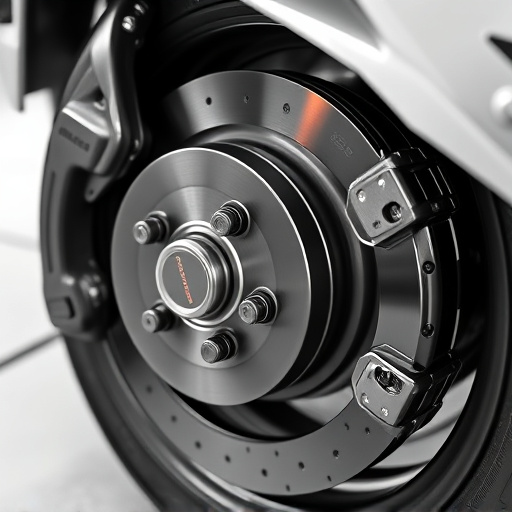
Understanding Washable Air Filters: Benefits and Types
In the pursuit of optimal vehicle performance, many automotive enthusiasts are turning to washable air filters as a game-changer in maintaining their engines. Unlike traditional disposable filters, washable air filters offer a sustainable and cost-effective solution for vehicle owners. These filters not only provide superior filtration power but also enhance overall engine health by allowing for regular cleaning and reuse. This eco-friendly approach reduces waste from disposable parts, aligning with the growing trend of sustainable muffler tips and performance exhaust systems.
The market offers various types of washable air filters tailored to different vehicle needs. From high-flow filters designed for increased airflow to compact models suitable for smaller engines, each variant ensures maximum filtration efficiency while catering to specific vehicle performance requirements. By integrating a washable air filter into their routine maintenance, car owners can expect improved fuel efficiency, enhanced engine responsiveness, and reduced backpressure in the intake system, ultimately contributing to better overall vehicle performance.
Design Considerations for Optimal Filtration Performance
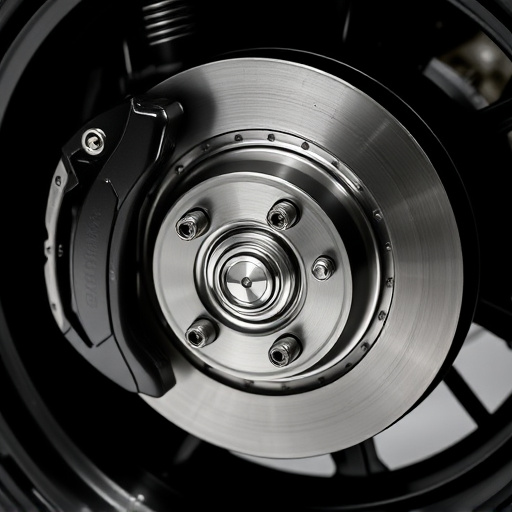
The design of a washable air filter is a delicate balance between efficiency and ease of maintenance. For optimal filtration performance, engineers consider several factors. First, the filter media itself plays a crucial role; using advanced materials that trap fine particles while allowing efficient airflow ensures maximum contaminant removal. The physical dimensions of the filter are also critical; it should be designed to fit various vehicle models, ensuring universal applicability without compromising space constraints.
Additionally, the integration of exhaust tips, intake components, and muffler tips in the filtration system requires careful thought. These parts must not obstruct airflow but rather facilitate it, enabling the washable air filter to function at its best. The overall construction should be robust yet lightweight, considering the filter’s frequent washing and replacement cycles, while also ensuring it can withstand the rigors of vehicle operation.
Installation, Maintenance, and Longevity Tips for Washable Filters
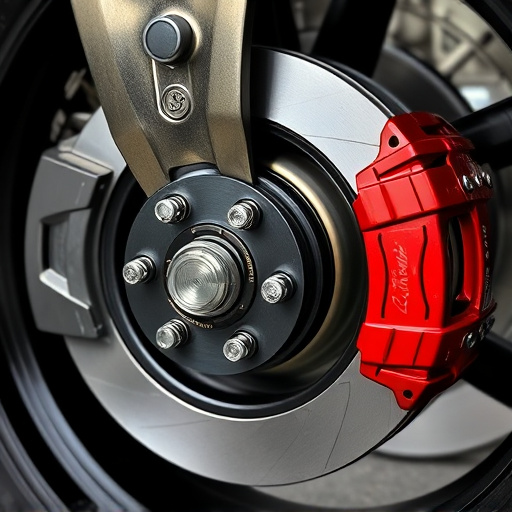
Proper installation is key to ensuring your washable air filter performs at its best. Follow the manufacturer’s instructions carefully when setting up your system, paying close attention to alignment and securement. Regular maintenance is equally important for optimal performance and longevity. This involves regular cleaning or washing of the filter according to the recommended intervals, which can extend the life of your filter and maintain maximum filtration power.
To maximize the lifespan of your washable air filter, avoid exposing it to excessive dirt, dust, or debris. Protecting it from these elements will prevent clogging and ensure consistent airflow. Additionally, be mindful of how you handle and store the filter when not in use; gentle care will preserve its structure and functionality. Remember that regular cleaning is required for most washable air filters, especially if they are used in environments with high dust or pollen levels, such as near construction sites or during certain seasons. This simple practice can significantly impact your overall experience with a washable air filter, ensuring it delivers clean air efficiently for years to come, complementing the performance of your cold air intakes, suspension components, and exhaust mufflers.
A washable air filter represents a significant advancement in indoor air quality, offering both efficiency and sustainability. By understanding the benefits and design nuances, and adhering to simple installation and maintenance guidelines, you can enjoy cleaner, healthier air while contributing to environmental conservation through reduced waste. Embrace this innovative solution for optimal filtration power with your washable air filter.








